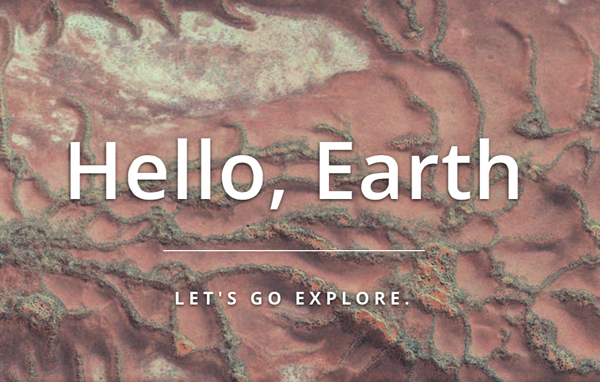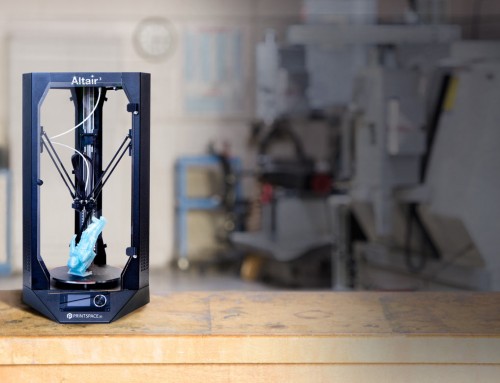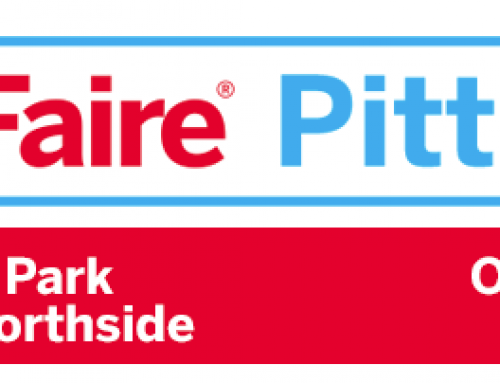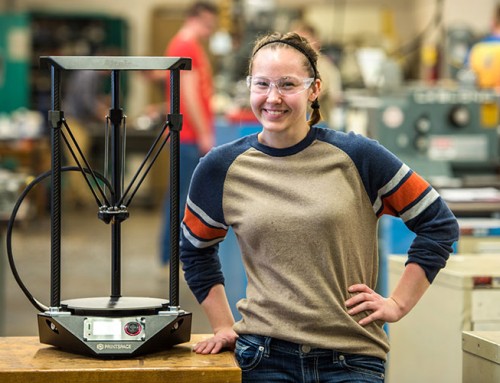The world around us can be one of the best sources of inspiration for prints. There are good methods for getting printable models of buildings and landscapes from available repositories and geographic databases, two of which we’ll look at in this article. This will give you a good alternative to relying on what happens to be in some of the better known model repositories to recreate specific locations with only a small amount of extra work before printing. The ability to print things on Google Earth and Google Maps opens a whole new world to 3D printing.
What You Will Need
For printing buildings, we’ll be using the model repository Google has created to support 3D view in Google Maps and Google Earth. To do this, you’ll need SketchUp. You can download and install the free version if you do not have it already.
Bringing Buildings to Life
Download and install SketchUp.
After it’s installed, open it. First we need to setup the STL file export. A “Welcome to SketchUp” window will open. Click the “Start Using Sketchup” button at the bottom. It should open up to the main modeling window.
Click at the top menu Window –> Extension Warehouse. A window showing the Extension Warehouse should open.
Click on the left hand side under Top Extensions on “SketchUp STL”. It should show the page for The STL extension.
Click the download button. At this point it may ask you to setup an account or log in. After that is setup, click the install button.
After it is installed, we should be ready to export a usable STL file from our SketchUp models. Now we need a model to work with. Go to File –> 3D Warehouse –> Get Models… You should now be able to search the model repository. There will be a search box at the top of the window that appears. You can search the building that you want to print by name or address.
When you’ve decided on a model, you can click the download button. A window will popup ask if you want to load the model directly into SketchUp. Click Yes. A progress bar should appear for a short moment to show the model being downloaded. When it’s done, the model should be visible in the main window, although you may need to zoom out.
Once it’s loaded into SketchUp, go to File –> Export To STL. Window should pop up.
Click Export, and save the new STL file. You now have a usable model! You may want to clean it up or add additional detail in Blender. Many of these models are generated as part of a tool in Google Maps for it’s 3D view, which means they sometimes don’t have as much detail as you may want. The number of models available is pretty substantial, however, so this ends up being a real asset.
Happy Printing!












